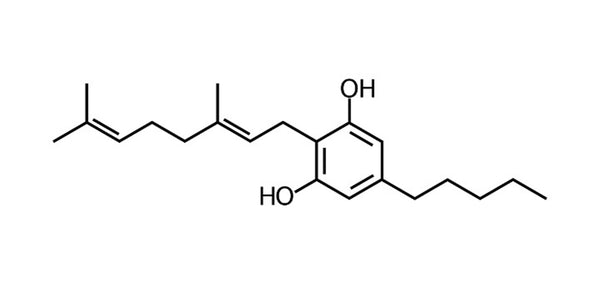Guide to Cannabinoids
CBD vs CBN vs CBG: Effects, Similarities, and Differences
You’ve probably heard about CBD, as it has become widely known for its natural benefits. But have you heard of CBG or CBN? There are hundreds of different compounds found in hemp plants, including cannabinoids, flavonoids, terpenes, and other analogs. We are just starting to learn the effects and health benefits of some of the lesser known cannabinoids.
What is CBD?
CBD, or cannabidiol, is the most well-known non-psychoactive major cannabinoid. Although research is still in its early stages, promising studies have shown many beneficial effects of CBD including anti-inflammatory, antioxidant, anti-psychotic, neuroprotective, immune suppressive and in some cases some cancer-related conditions like CINV. CBD may be used for a range of conditions like sleep, pain and anxiety, which has probably been the reason for its growth in popularity and legalization over the past several year. These reasons are also why cannabis has been used as far back as 2500 years ago in western China.

What is CBG?
Recent studies have linked CBG, or cannabigerol, to anecdotal reports of reduced pain relating to glaucoma, headaches, and ocular pain. It is derived from CBGa, or cannabigerolic acid), which can also be converted into CBD and THC through an enzymatic process. Once CBGa is converted into CBG, it becomes stable and cannot be transformed into another cannabinoid. CBG is quickly becoming the 2nd most popular cannabinoid, next to CBD. Hemp producers have figured out a way to produce their crop with naturally higher amounts of CBG instead of having to convert CBG from CBGa. Based on studies, CBG acts as an antagonist at the serotonin 5-HT1A receptor and acts, in theory, to accelerate effects of antidepressants such as SSRIs. . More research indicated CBG demonstrates positive results in neurodegenerative diseases like Huntington’s Disease, Parkinson’s Disease, and ALS (these are animal model trials).CBG may also be helpful in inhibiting growth of cancer cells in the colon, stomach, prostate, and stomach through TRPM8 inhibition.

What is CBN?

CBD, CBG, and CBN Similarities
These 3 cannabinoids have unique qualities on their own but they also have a couple similarities in that they don’t have any psychoactive effects and they provide mild, calming effects without the “high” feeling. Additionally, they are all part of the process of one another, CBG is the precursor molecule to THC/CBD and CBN is a product of THC/CBD oxidation.
CBD, CBG, and CBN Differences
CBN and CBG may have antibacterial properties, however, CBD may have less of an antimicrobial impact, and while CBG may help in preventing certain cancers, CBN and CBG might induce appetite, CBD does not appear to have any significant impact on appetite outside of chemotherapy. CBD is a 5-HT1A agonist while CBG is an antagonist of the same serotonin receptor. Additionally, CBN appears to be the cannabinoid that shows the most promise for sleep. Although these three cannabinoids are similar, each has their own characteristics which make them preferable for different health conditions.
The Entourage Effect
When cannabinoids are combined with other cannabinoids, like CBD, CBN, and CBG, often times they are more potent and effective. This is known as the entourage effect, which describes the process by which chemicals’ effects become even more powerful when combined. Since all cannabinoids come from a single source, the Cannabis sativa plant, they don’t cause any negative effects when they are used together unlike traditional synthetic pharmaceuticals.
Choosing the Right Cannabinoid for You
Don’t think about just choosing one cannabinoid, think about using a combination of cannabinoids that work together. Depending on your overall health goals, we can help you determine the right mix of cannabinoids. For instance, if you are looking for better sleep, choose a product with higher levels of CBN like Sleep by ProMED, choose a product with more CBG, like Relief by ProMED, if you are looking for relief from inflammation or Calm by ProMED with moderate amounts of CBN for anxiety support.
If you have any questions about which cannabinoids are right for you, shoot us an email or give us a call, 888-655-9155. Be sure you visit our blog for more educational hemp resources.
Resources
Oldest Use for Cannabis’ effects so far
Potential Digestive Benefits of Cannabigerol


Leave a comment